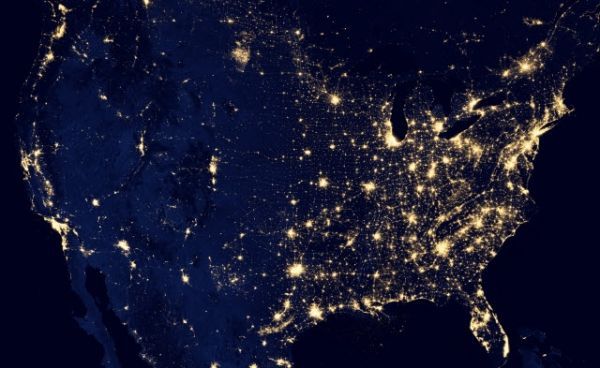When completed, the website will allow park managers to choose a time period, such as the spring or winter seasons, and then zoom into a particular park to see sound and nighttime lights data and determine which animal species might be at risk from those sensory stimuli.
Recently a team of researchers and managers using noise and lighting data discovered that predator-prey relationships of cougars and mule deer were very different in non-park settings surrounding Salt Lake City, Utah, compared to inside national parks such as Grand Canyon National Park in Arizona. One factor that might be contributing to this difference in predator-prey relationships is outdoor lighting.
"How cougars hunt their prey appears to be totally different in areas with highly elevated night light," said Neil Carter, lead of the joint project team from the School for Environment and Sustainability at the University of Michigan. He says cougars normally like to hunt in topographically complex landscapes like rocky mountainsides and crags, but researchers found that in brighter areas the cougars were hunting in more open, flat spaces.
Continue reading at NASA
Image via NASA


